How Long Does It Take to Go to Annapurna Base Camp?
The Annapurna Base Camp trek has been recognized as one of the Himalayas' most beautiful and iconic treks. But how long does it take to reach Annapurna Base Camp? While it depends on numerous factors, a standard trek usually takes between 7 and 12 days. The trek takes you across various distinct terrains, starting from green vegetation and ending at the elevated altitude of Annapurna Base Camp, while at the same time allowing you to appreciate the people and the environment.
Your speed, fitness level, and route could also determine the duration of the trek. The most common duration chosen by trekkers encourages an even balance between hiking and acclimatization, allowing altitude adjustment due to the route to Annapurna Base Camp, which is 4130 meters tall. On this journey, you will see beautiful villages and terraced crops, thick forests of rhododendrons, and the Annapurna range in clear view, among others.
Are you prepared to set off on the most thrilling journey of your life? Then, prepare and start devising your strategies for the Annapurna Base Camp trek. You’ll enjoy the Himalayas on a whole new level!
Understanding the Journey: What Affects the Duration of the Trek
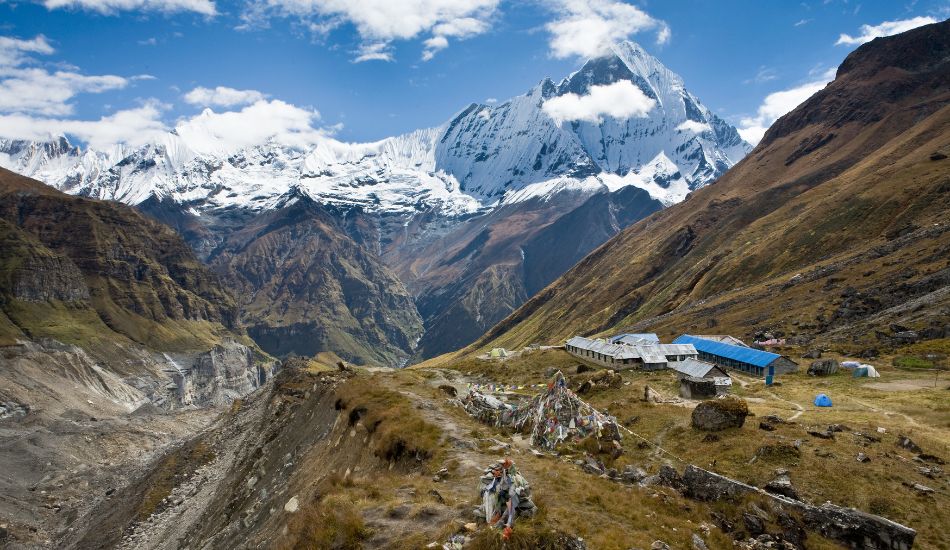
Physical Condition: Your fitness or physical condition will impact how fast you are likely to trek the Annapurna Base Camp distance. Healthy and physically fit trekkers will move at a faster pace, but most importantly, there has to be stamina.
Body’s Adaptation and Height: As one climbs a mountain, one's physiological needs rise, and more so when one is almost at Annapurna Base Camp (4,130 meters). Failure to allow acclimatization could pose the danger of altitude sickness and slow one down.
Season of Trekking: The season of the year during which the hike is done defines the speed of its completion. In the rainy seasons, trails usually get muddy, while in winter, they may be covered in snow, which may cause slow movement.
Itinerary Patterns: While some reservations, like the classic Annapurna Base Camp trek itinerary with rest days, are quite appealing, many will opt for faster-striking routes. Transitioning from one route to another will influence the duration of the trek.
Adventure Options: Adventure options, such as taking side trips to other places or visiting other sights off the beaten path of the main trek, allow for extra days of the main trek adventure but enable better adventures.
Recommended Read: Tips for trekking to Annapurna Base Camp
The Standard Annapurna Base Camp Itinerary: A Day-by-Day Breakdown
Day 1: Fly into Pokhara and Transfer to Nayapul (1,070 m | 1-2 hours)
The thrill of the excursion starts with the transfer from Pokhara to Nayapul, where the trek begins. You will walk through green forests and some small settlements while slowly getting accustomed to the way of life and landscape. This day's drive is a soft initiation of the trek toward Annapurna base camp.
Day 2-3: Trek Towards Ghorepani (2,874 m | 5-6 Hours)
The trek begins along a reasonably moderate slope, including views of terraced farming and a dense cover of rhododendron trees. You’ll get to Ghorepani, another famous place because of its views and location close to Poon Hill. An exciting bonding moment with the other trekkers’ is expected during this time.
Day 4: Poon Hill and Trek to Tadapani (2,630 m | 4-5 hours)
The view from Poon Hill at dawn is unmatchable, with the panoramic silhouette of the Annapurna and Dhaulagiri ranges appearing at the break of dawn. After enjoying the vistas, you will then proceed to Tadapani, which is a cozy village situated in between enormous mountains. This stunning sunrise view is, in most cases, the best time for many people on a trek.
Day 5-6: Trek to Chhomrong and Deurali (3,230 m | 5-6 hours)
The path reaches Chhomrong, an entrance to the Annapurna base camp. This section of the trail goes downhill before it heads up again. After this, you will head next up the steep slope towards Deurali, the last settlement before the climb to challenging heights begins. Chhomrong has beautiful views of the valley, which makes it ideal for resting.
Day 7: Trek to Annapurna Base Camp (4,130 m | 5-6 hours)
This is the very best of the trip! The trek between Deurali and Annapurna Base Camp is relatively high in altitude and may seem strenuous; however, the magnificent views of the Annapurna range will justify every effort made. The feeling of accomplishment that comes with reaching the base camp of such a massive mountain as Annapurna is unbelievable when you are standing between the mountains.
Day 8-9: Return Trek to Jhinu Danda (1,780 m | 6-7 hours)
After enjoying the breathtaking scenery from the Annapurna Base Camp, it will be time for you to hike down. This means that you will need a stopover at Jhinu Danda, which has natural hot springs ideal for rejuvenation, especially after strenuous treks. This is a good and celebrated break that everyone who engages in the sport of trekking prepares to enjoy after days of active treks.
Day 10-11: Return to Nayapul and Drive Back to Pokhara (1,070 m | 6-7 hours)
The last remaining days focus on retracing the steps that lead first to Nayapul and then to Pokhara instead. The adventure comes to an end, reminiscing about the good things about the trip, which is not bad at all. Too often, in these short walks, which occur towards the end of the trek, thoughts about how the trek has transformed one remain vivid.
Time-Saving Tips: How to Make the Most of Your Annapurna Trek
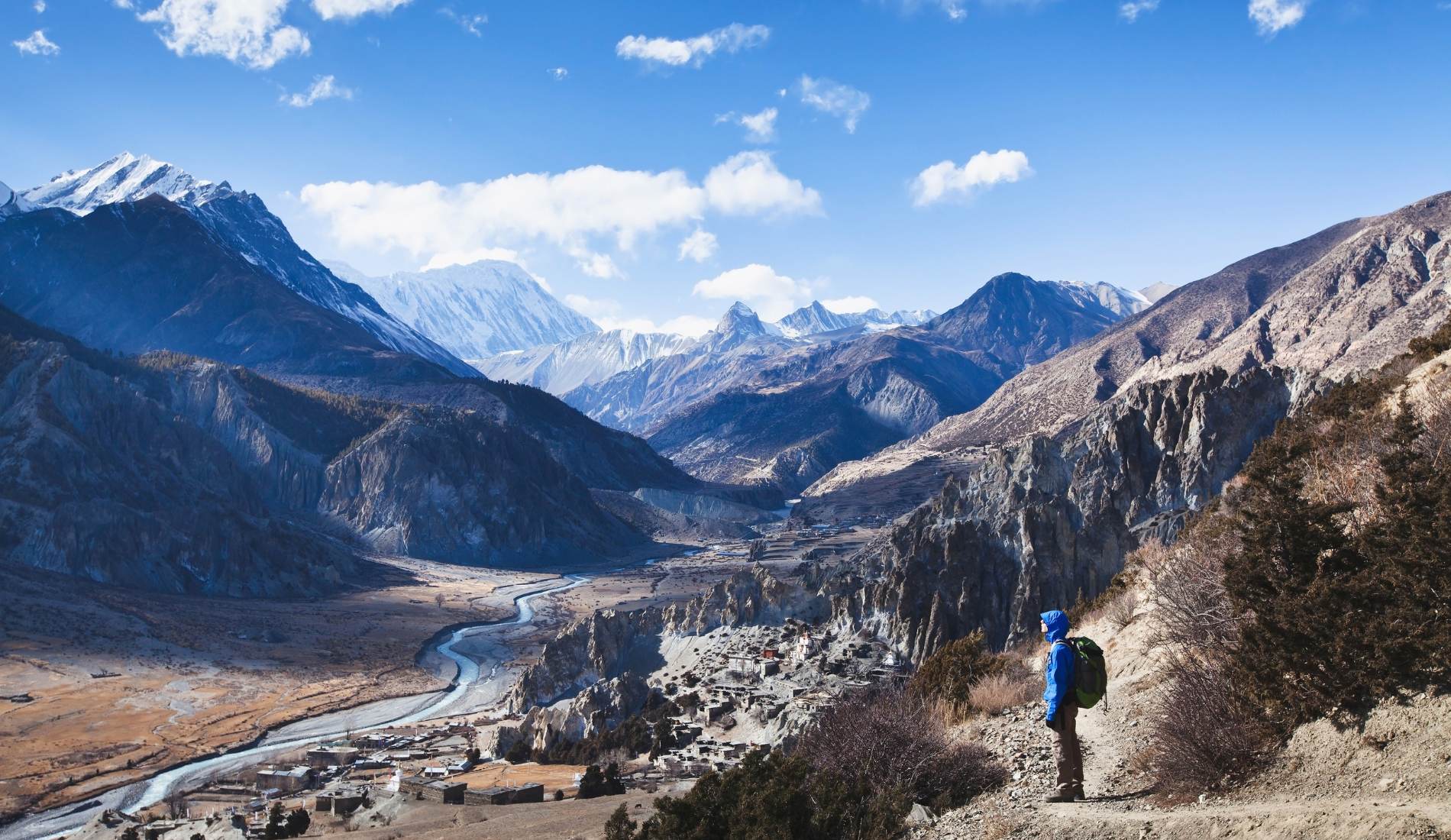
Trekking to Annapurna Base Camp is an adventure worth cherishing; however, if time is a constraint, you can always find alternatives that will help you optimize your journey without compromising on the experience. Here are some helpful time-saving tips aimed at helping you enjoy your trek to the fullest but within your specific time limits.
Choosing the Best Starting Point: Can It Save You Time?
Starting your trek from the right location can reduce your journey by a full day or more. Rather than starting at Nayapul as most trekkers do, some choose to begin the trek from Ghandruk, which makes the total Annapurna Base Camp trek distance shorter. Yes, Ghandruk misses out on some stretches at lower altitudes, but it gets you to the core of the trek quicker.
By commencing the trek from Ghandruk, altitude will be gained very fast, thus reducing the initial hiking hours and making it a more flexible push towards the jaw-dropping Annapurna base camp trekking. This option not only lowers the distance of the trek but also improves the quality of the journey since it places you in the beautiful mountainous scenery much earlier.
Hiring Guides and Porters: Why Their Expertise Can Shorten Your Trek
Even if most trekkers would instead explore the region for their own good, getting a guide or a porter is worth precious time. Local guides have been along these trekking routes several times, understand the best routes, and can modify the program when it rains or the trails are unpassable. In this way, you are prevented from encountering obstacles that might slow your progress.
Most importantly, porters carry a huge section of your burden, providing ample room for movement and speed. You can keep your rhythm when you do not have to carry bulky equipment. Also, guides and porters help navigate crowded pathways and offer help booking lodging, enhancing your overall satisfaction.
How to Train Before the Trip: Fitness Tips to Keep You on Track
Each day during the trek becomes more manageable with excellent physical preparedness practice that highlights building stamina. Some of the tips are given below:
Add cardiovascular exercises: To enhance endurance, run, cycle, or swim for at least 30 minutes three to five times a week.
Hike with the Extra Weight: Traverse different landscapes by extending the distance walked and over-stuffing the bag to enhance the muscle's strength in readiness for trekking.
Core and Leg Strength Training: Squats and lunges add muscle mass to the legs, and some workouts on the torso muscles provide balance.
Do Some Flexibility and Balance Work: Yoga and strengthening exercises should also be included to help with flexibility and balance and avoid injuries.
Style of Training: Do not engage in more intense training too soon. Work out at a manageable intensity for about two to three weeks, then gradually build up the intensity of your workouts for endurance training.
Drinking and Eating: To cope with the training, we ensure that we eat carbohydrates and protein-rich food and drink enough water.
Take Longer Hikes during the Weekend: When climbing schedules are drawn, longer climbs should be planned on the weekends to imitate the climbing of several days and increase the mileage and elevation gain.
Transport Options: Combining Flights and Drives to Save Precious Hours
If time is limited, you can always mix flights and road transport to save travel time. For example, rather than driving from Kathmandu to Pokhara, one can board a flight instead, eliminating a whole day’s travel and giving you more time to prepare for the journey. This flight, in particular, allows one to see the mountains differently, which motivates getting ready for the trek.
Some trekkers even take the helicopter back from Annapurna Base Camp instead of descending for days. It is an incredible 30-minute flight, saving them time while providing breathtaking mountain range views. This does not have to be the last option on your list of ideas, although this will also make it easier for you to come back to Pokhara fast after your expedition and enjoy the mountains again at the same time.
The Real Question: Should You Rush the Annapurna Base Camp Trek?
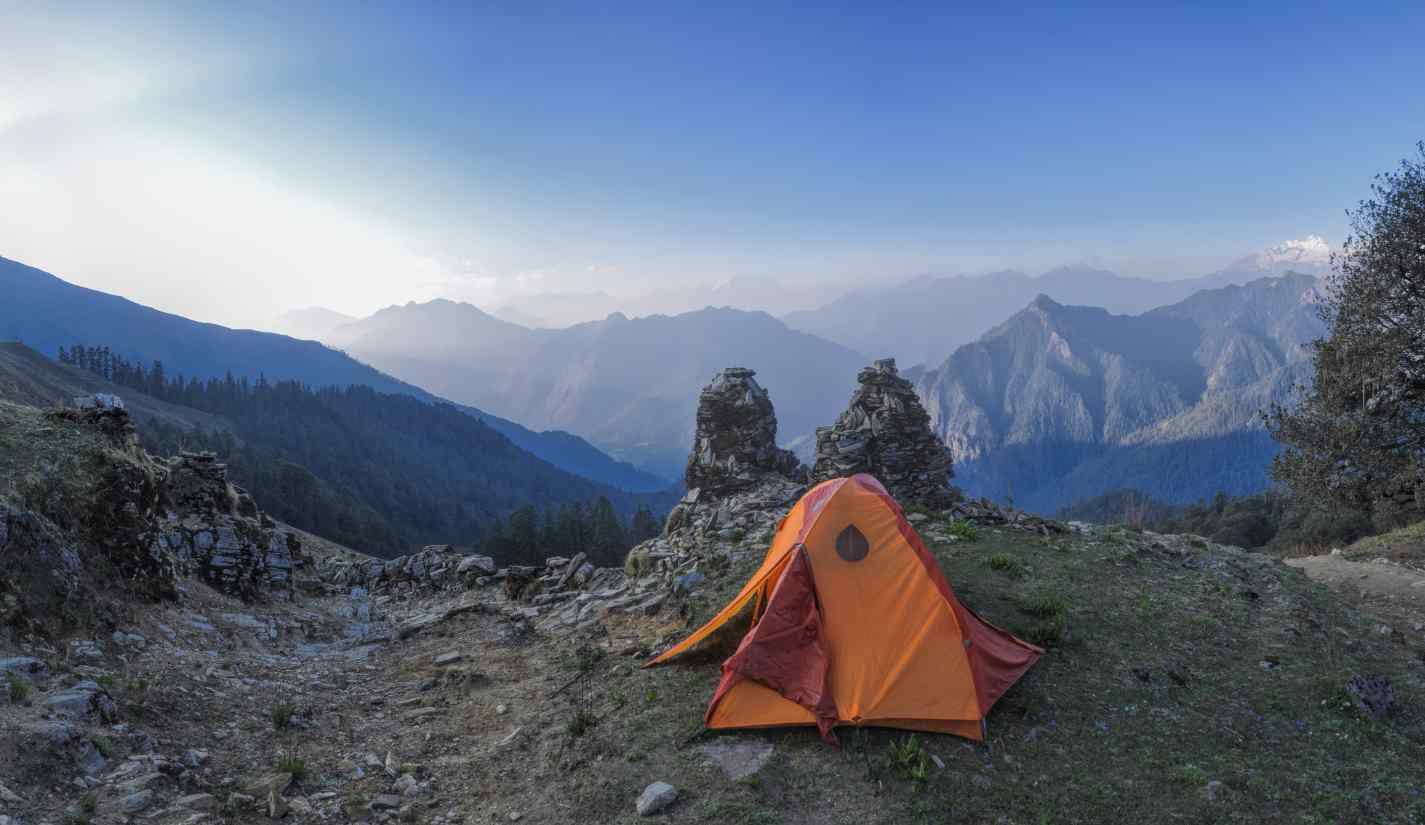
Determining the schedule for an Annapurna Base Camp Trek readily begs the question: Is it advisable to hurry and complete this incredible journey in the shortest possible time or enjoy it? Below are some points to help you make an informed choice:
The Value of Taking Your Time
The Annapurna Base Camp hike is not only focused on reaching the target point; it is all about enjoying the beautiful scenery, different cultures, community, and other attractions on the way. There are chances to view this stunning scenery, embrace the culture and stories, and enjoy the majestic Himalayan range being rushed during the trek.
Acclimatization and Safety
Moving too quickly can lead to altitude sickness, especially when climbing to Annapurna Base Camp. Thus, proper acclimatization is important for safety and hosted enjoyment. The trek has quite a gain in elevation, so it is important to gradually let your body get used to the Annapurna base camp height.
When you do so, you do not compromise on altitude-related complications, enabling a much safer and more enjoyable trek. Take time to adapt to the new conditions appropriately through a well-organized ABC trek itinerary incorporating rest breaks and gradual elevation increases.
Flexibility in Your Itinerary
Naturally, a suitable hike results in a less adaptable program of activities, also known as a stiff itinerary. Each factor—weather, one’s physical condition, and individual interests—tends to affect the trekking process. You can alter your plans if you devote more time to a specific activity.
For instance, there is nothing wrong with just deciding to rest because of unfavorable weather or because you want to spend more time admiring the beauty of a view. This aspect of your trip makes trekking even better, as it helps you get the best out of the trip.
Connecting with Fellow Trekkers and Locals
Taking things slowly on the trek means that interactions with other trekkers and the local people matter. This can include talking to people and carrying out cultural exchange activities, which can also broaden one’s perspective and understanding of the place. Such a scenario, however, is likely not to happen when one hurries owing to time limitations; thus, such experiences may be less enjoyable in the end.
Creating a Personal Connection to the Journey
The trip to Annapurna Base Camp is a journey of self-exploration and self-development. If you hurry, you may lose the thoughtful periods that long walks, stillness, and the fascination of the outdoors provide. Slowing down allows for engagement with one’s environment and oneself, thus making the trek physical and experiential.
Final Thoughts
Ultimately, it can be said that whether to hurry up or not on the Annapurna Base Camp trek entirely depends on one’s likes and priorities. It is understandable to want to save time; however, the true treasure of the trek is the trek itself, so taking it slow can also result in a more adventurous experience. Think about your purpose for this trek and select how fast or slow you will walk to enjoy the splendor of the Annapurna region.
Ready for the adventure of a lifetime? Book your Annapurna Base Camp trek with Dolpo Caravan Travel Agency today and experience the Himalayas like never before!
FAQs
How long does Annapurna Base Camp take?
Usually, it takes between 10 and 12 days to finish the Annapurna Base Camp trek, or as per the schedule and speed employed by the climber. This period consists of several acclimatization days and the chance to appreciate the stunning views and the people’s way of living along the route. Furthermore, taking time helps avoid altitude sickness, making the trek safe.
What is the shortest trek to Annapurna Base Camp?
The shortest trek to the Annapurna base camp is often in Ghandruk, ranging from 7 to 10 days. This route enables trekkers to get to the base camp in a shorter period; however, it does not compromise the views and cultural richness. Altering fitness levels and acclimatization is important when going for a shorter trek.
How long does reaching Annapurna Base Camp from Pokhara take?
The distance from Pokhara to Annapurna Base Camp depends on the route and means of transport used. Usually, it takes about 2 to 3 hours on a jeep or bus from Pokhara to Nayapul, the beginning of the trek, to reach the base camp. In most cases, this will involve a number of days of trekking in the base camp distance. Thus, considering how to travel effectively will enhance your trekking experience and enjoyment.
Can beginners do Annapurna Base Camp?
Beginners can successfully complete the Annapurna Base Camp trek with proper preparation and sufficient physical fitness. Prior preparation should be undertaken. It is also sensible to consider employing a local guide to ease the burden while trekking and sticking to proper schedules for safety and fun. This journey is so lovely that even beginners can undertake it with proper measures in place.
What factors influence the Annapurna Base Camp trek cost?
The amount you will spend on the Annapurna Base Camp trek will largely depend on several factors, including the trekking agency you decide to work with, the standard of accommodation and food, permits, and the availability of guides or porters. In addition, how long your trek is and when you are traveling are considerations that may adjust your total costs. Proper planning and looking for alternatives can enable you to manage your budget and enjoy the trip.


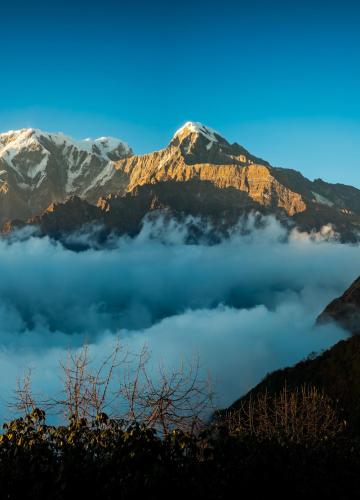
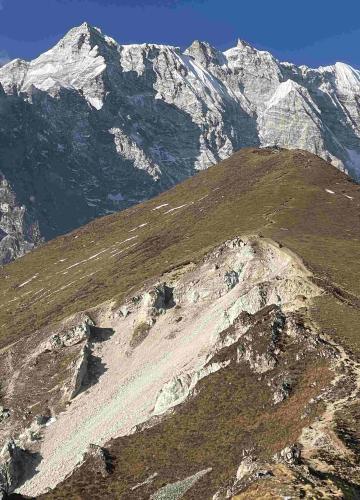
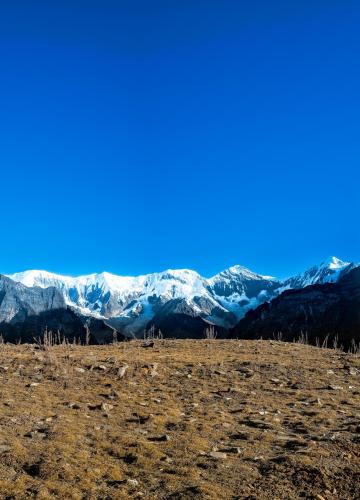
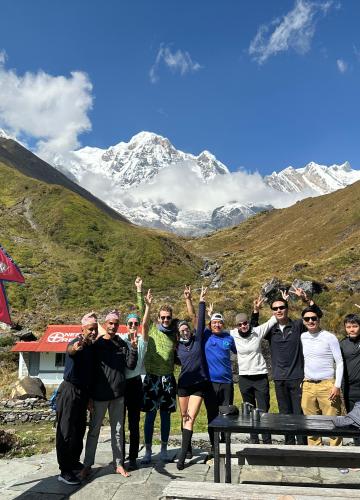
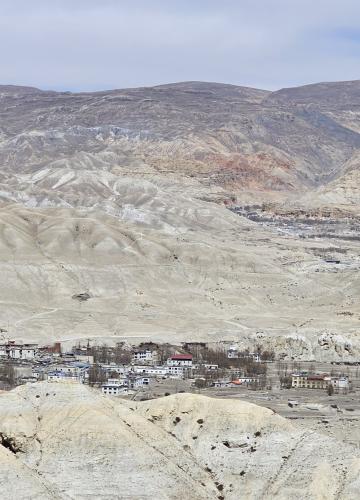
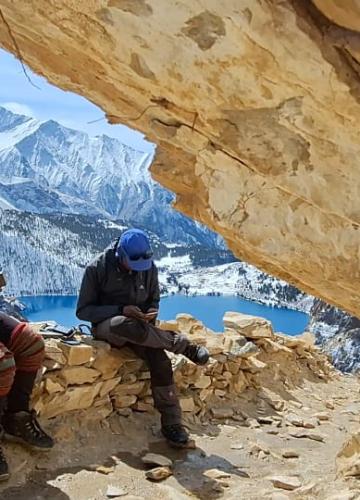

Leave Your Comment